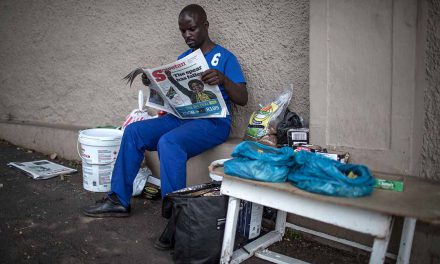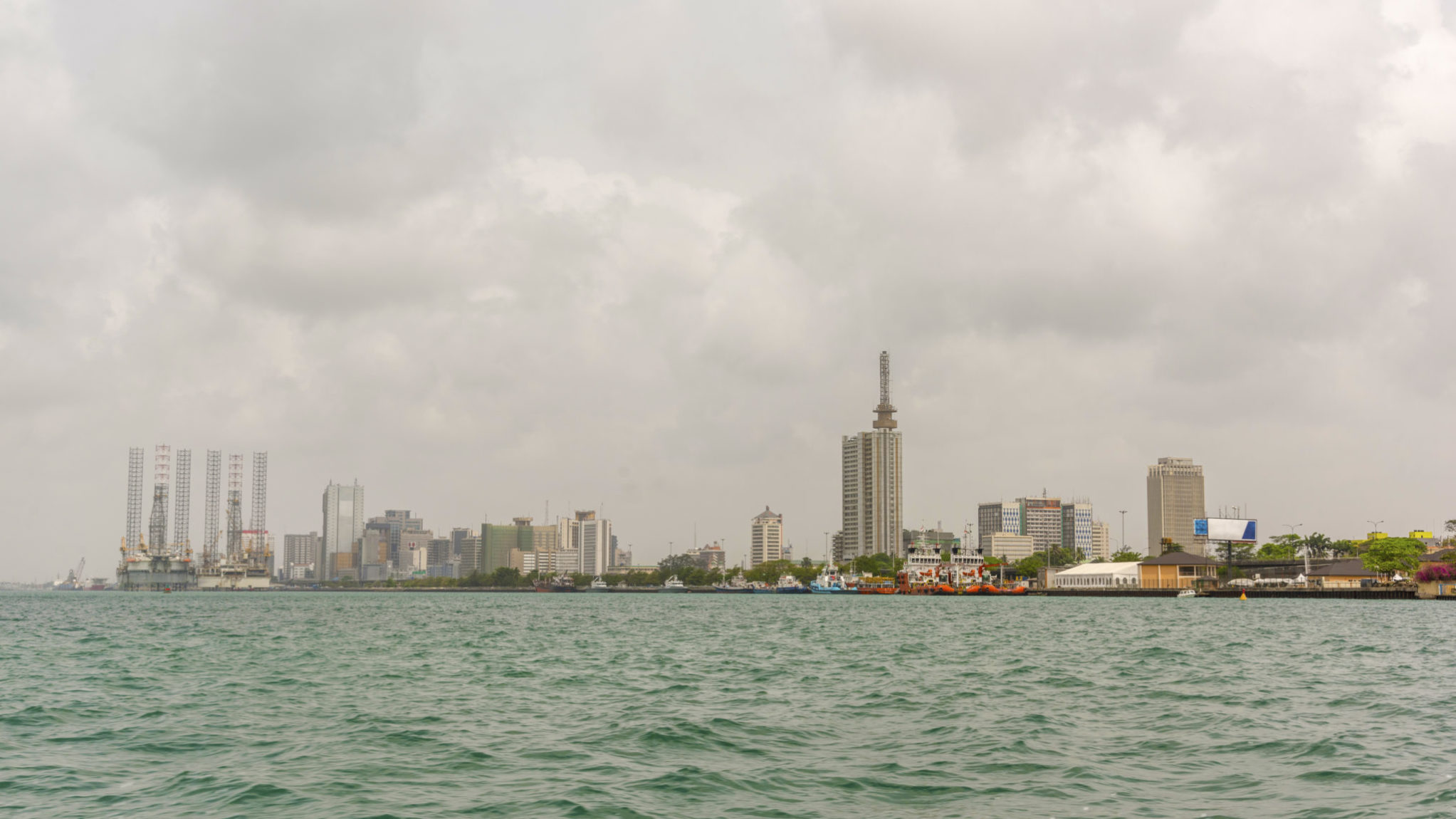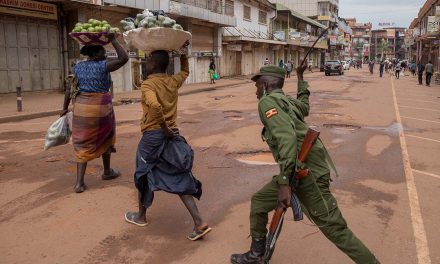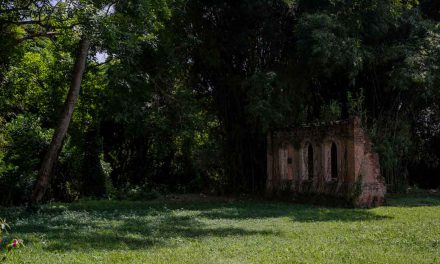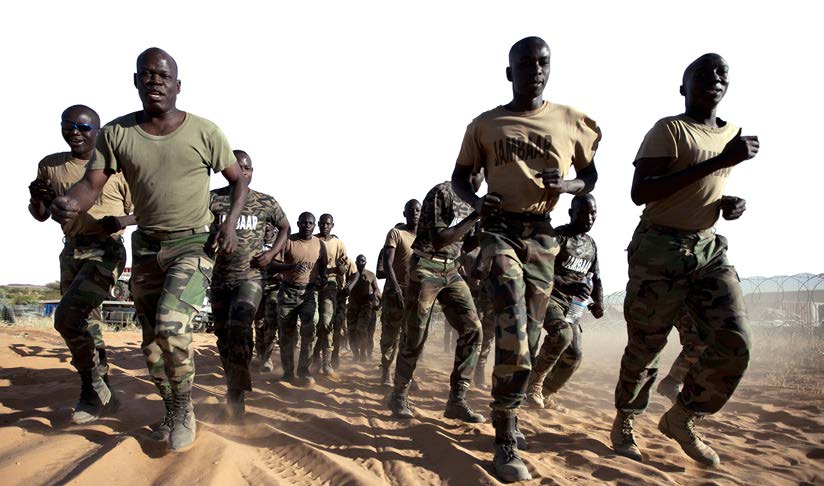
Senegalese peacekeepers train in North Darfur, Sudan © Alberto Gonzalez Farran/UN Photo
Despite being proposed in 2003, the African Standby Force is still not ready to hit the ground running
For Africa, after the fall of the Soviet Union and the much-vaunted “end of history”, the 1990s were harsh years. The continent did not experience the rising prosperity and peace that much of the rest of the world enjoyed. Instead it suffered genocide, its first “world war”, ethnic strife and multiple government collapses.
According to the Washington DC-based Center for Systemic Peace, there were 25 episodes of major political violence in Africa in the 1990s. Many of these lasted well into the 21st century and some still continue. It was against this backdrop that African leaders called for a radical overhaul and reform of the Organisation of African Unity to become the African Union (AU). The process was completed in July 2002.
Once established, the AU then set up the Pan-African Parliament and the Peace and Security Council (PSC) to give African states the capacity, severely lacking during the 1990s, to deal with African security issues. To this end the AU stationed peacekeeping missions in Burundi, the Comoros, Sudan and Somalia. It also identified the need for a rapid reaction force capable of being deployed at short notice across the continent.
The necessity of such a force was first officially laid out in May 2003 in the Policy Framework for the Establishment of the African Standby Force and the Military Staff Committee. According to this document, the African Standby Force (ASF) would be required to deploy troops within 14 days if it was established that it was necessary to intervene in a conflict on the continent.
The force would provide military advice to political missions, send accompanying observers for a co-deployed UN mission, or act as a standalone AU observer mission. It would also provide a preventative peacekeeping mission, a multidimensional peacekeeping mission, or an intervention force in urgent situations where the international community has not acted promptly.
The ASF was never intended to be a standing army but rather a military force combining the resources of member states. This set-up would result in five 5,000-strong brigades — the East African Standby Force; the Economic Community of West African States Standby Force; the Economic Community of Central African States Standby Force; the North African Regional Capability Standby Force; and the Southern African Development Community Standby Force — each of which would be stationed in the continent’s economic regional communities.
Unlike regular military units, with specific roles and equipment — infantry, armour, artillery or airpower — rapid reaction forces are small self- sustaining armies capable of operating in hostile territory for long periods. A rapid reaction force must have: strategic and tactical airlift capabilities; close air support; air superiority; artillery; armour; mobile infantry; battlefield intelligence, reconnaissance; medical evacuation; and, crucially, troops with the requisite skills.
The 2003 policy document established that the AU and its member states acknowledged the need for a collective security force, but progress towards this goal has been slow. Phase 1, which would handle pre-deployment logistics, drawing up foundational documents and command and control planning, was to have been completed in 2005 but was delayed until 2008. Phase 2, handling staff training and evaluating the ASF’s competencies, was due for completion by 2010, but was pushed to 2014. At the time of writing, November 2016, the ASF was still not fully operational.
Given these delays, and that a rapid reaction force is a continental necessity, the AU decided to create another rapid reaction entity, the African Capacity for Immediate Response to Crises (ACIRC), as an interim measure while the ASF was being assembled. The ACIRC relies on member states’ contributions and reports directly to the AU, not the regional economic blocs. However, critics argue that the ACIRC duplicates competencies originally proposed for the ASF and detracts from prioritising setting up the force. In response, analysts say that Africa needs to manage its own crises and that the ACIRC is currently the only military organ that is even somewhat capable of doing so.
Helmoed Heitman, a South African defence analyst, says that the biggest challenges for the ASF and ACIRC relate to their capacity for rapid deployment. The AU’s response time is inadequate, he argues. At shortest notice it would take 14 days for the ASF to deploy in the event of genocide or crimes against humanity, by which time it might be too late.
A comparison with the British intervention in the Sierra Leone Civil War in 2000 is instructive. On 5 May, 2000, UN Secretary-General Kofi Annan called for a major power to intervene in the conflict. Britain agreed to do so, and the first forces arrived on 7 May. By 12 May the response team, which included air and sea support, had grown to number 4,500 personnel. Within a week the British deployment halted the advance of the Revolutionary United Front (RUF) on Freetown, the Sierra Leonean capital, and then began to push the rebel forces back. Without that speedy intervention, it is likely that the RUF’s assault on Freetown would have been successful.
Africa also does not have heavy airlift capacity — planes and runways capable of moving large numbers of people, and bulk supplies — Heitman argues. African states are only able to deploy lightly armed units at short notice over long distances. In addition, he says, African states either do not have, or have very limited, air-to-air refuelling capability. Even those transport planes that are available, such as South Africa’s C-130 Hercules, cannot fly across the continent fully loaded.
The ASF is still a long way from being an effective rapid reaction force. The AU, the PSC and African states will need to commit sufficient resources — military and infrastructure investments — if they are to succeed in making it fully operational. And even if these are forthcoming, the AU will need to demonstrate the political will and bureaucratic competence necessary to ensure that the ASF is rapidly and effectively deployed in times of crisis.


